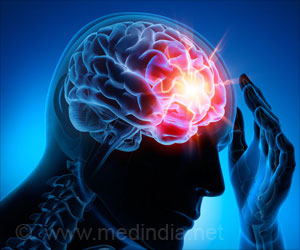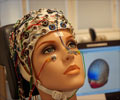Key proteins in the brain play a role in controlling epilepsy, anxiety, and other disorders.

‘UNLV, Tufts University, and international research team offer new clues about which key proteins in the brain play a role in controlling epilepsy, anxiety, and other disorders.’





UNLV neuroscientist and lead author Rochelle Hines said controlling patterns of activity are very important to the brain's function. "If we can better understand how the brain patterns activity, we can understand how it might go wrong in a disorder like epilepsy, where brain activity becomes uncontrolled," Hines said. "And if we can understand what is important for this control, we can come up with better strategies for treating and improving the quality of life for people with epileptic seizures and maybe other types of disorders as well, such as anxiety or sleep disorders."
The six-year project moved one step closer to answering decades-old questions about brain wave control, by quantitatively defining how two key proteins -- the GABAA receptor a2 subunit and collybistin -- interact. When the interaction was disrupted in rodent models, EEG tests showed brain waves moving out of control, mimicking patterns seen in humans with epilepsy and anxiety.
"That's the piece that could potentially change textbooks: Previously, we had questions about how these pieces fit together and thought that maybe a group of three or more proteins interacted," Hines said. "But our team's research strongly suggests that there's a very specific interaction between two of them, and this has implications for how neuroscientists might be able to regulate this area."
Coordinating the research effort was Stephen Moss, professor of neuroscience at Tufts and director of the AstraZeneca Laboratory for Basic and Translational Neuroscience in Boston. Moss said that the study results should stimulate the development of drugs that target the GABAA receptor a2 subunit as new, more effective treatments for epilepsy.
Advertisement















